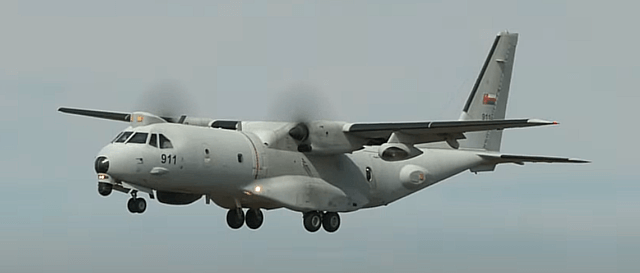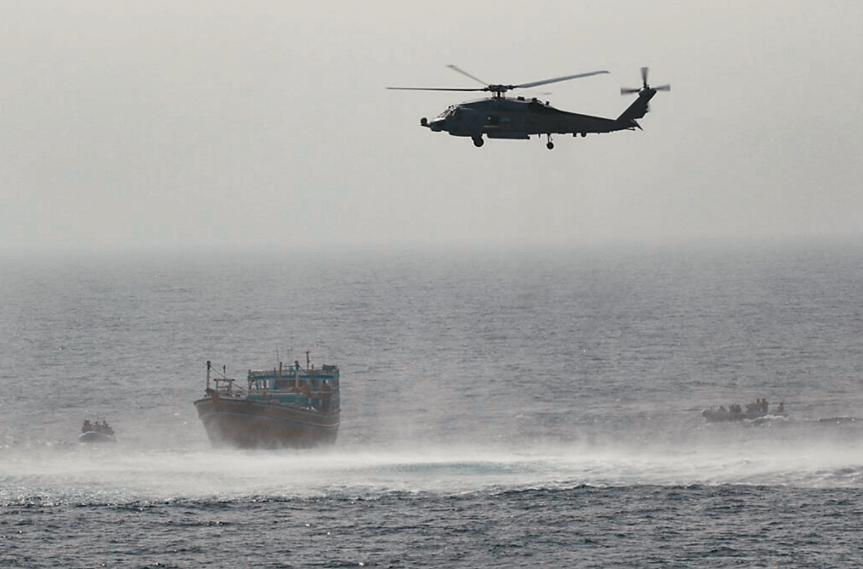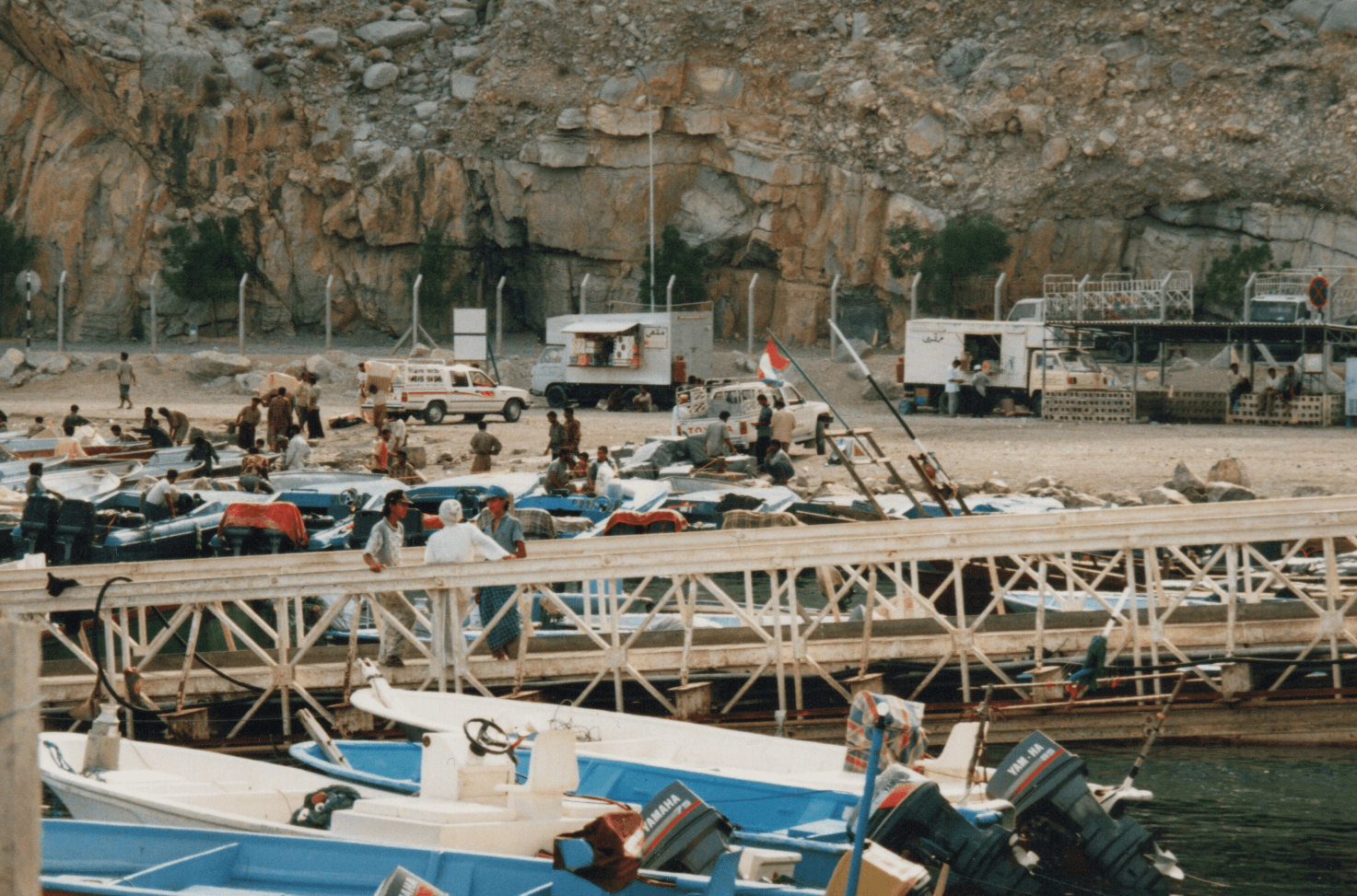Oman Ramps Up Coastal and Sea Lane Surveillance

For a long time, the waters of the Gulf of Oman have been used by arms and drugs smugglers. These smugglers tend to stay in international waters, outside the 12-mile territorial zone where they can be legitimately stopped and searched by the Omani Coastguard. On occasions, smugglers can dip into territorial waters when the Coastguard is not about, but normally they transit through Oman’s 200-mile deep Exclusive Economic Zone (EEZ), where international maritime law gives vessels freedom of navigation and a right of passage. These waters are shared by high volumes of oil and container traffic en route to the Gulf and Asia, with the smugglers thus able to hide themselves amongst the legitimate merchant traffic crowding these busy sea lanes.
In recent years, Oman has made strenuous efforts within the constraints of international maritime law to intercept such smugglers. While most illicit traffic is in transit toward Yemen, the Red Sea and the Horn of Africa - areas served by traditional dhow traffic - regular attempts are also made to land illegal migrants and narcotics on Omani beaches, their ultimate destination normally being the United Arab Emirates.
A recent article published by the Washington Institute has analyzed the Omani efforts to tighten up on this smuggling activity.
The first priority has been the upgrading of the Maritime Security Centre in Muscat, designed to exchange ship movement information between allies and the different Omani agencies that detect and identify traffic in home waters. All of these Omani agencies are being upgraded in terms of surveillance and interception capability.
The Omani Coastguard, responsible for patrolling both the 2,000-mile coastline and the adjoing territorial waters, is being upgraded with 14 Hercules 28-meter fast patrol boats, equipped with X-band radar, electro-optical and night vision systems, with additional smaller patrol boats being procured as well.
The Royal Navy of Oman, primarily responsible for patrolling the EEZ, has five corvettes and 12 patrol vessels, but is looking to expand the fleet.
The Royal Air Force of Oman’s operates four CASA C295 maritime patrol aircraft from its base at Musannah, west of Muscat. With a patrol endurance of 10 hours and a range of 3000 nm, these aircraft are well-suited to Oman’s extended geography. In addition to feeding data into the Maritime Security Centre, the C295s use sophisticated sensors on board to detect tankers illegally flushing their tanks in the EEZ - fines levied on captains trying caught in the act and trying to save money provide a useful subsidy to maritime patrol operating costs.

Omani C295 (Jonathan Campbell-James/CJRC)
Oman has also deployed the first phase of a sophisticated coastal surveillance radar network, with a Spanish provider currently delivering enhancements to the system to complete coverage of the entire coastline. Data is fed into the Martime Security Centre.
Even with these investments in coastal security upgrades, it remains a challenging task to identify which amongst hundreds of similar-looking small vessels and dhows are carrying arms or narcotics, and as the US Navy and Coastgurd know so well, the only way to be sure is to conduct boarding and search rummages to find contraband.

A Coast Guard boarding party from USS Momsen assigned to CTF150 making a seizure from a dhow in the Gulf of Oman, May 2022 (US Navy)
The Iranian IRGC has decades of experience in using these routes to smuggle arms to the Houthis in Yemen and to Axis of Resistance allies elsewhere, blending in with the regular dhow and small boat traffic that still forms a major part of the trading system in the Gulf and down the East African coast.
The IRGC’s modus operandii has been extensively evidenced in succesive annual UN Panel of Expert reports on Yemen. Dhows often crewed by stateless nationals load up at IRGC docks in Bandar Abbas and Chabahar. Increasingly, the IRGC smuggles drugs as well, as a medium of financial exchange which avoids the banking system. Typically, mother ships are used, with local fishing boats coming out to meet them and to cross-deck cargoes.
With Houthi attacks against shipping continuing unabated in the Red Sea and Gulf of Aden, and supplies of missile and drone components still getting through from Iran, there will be increasing international pressure to further curtail this long-standing supply route.

Legitimate traders in the harbor at Khasab, a small port near the northernmost tip of Oman (Jonathan Campbell-James / CJRC)
